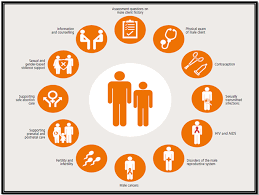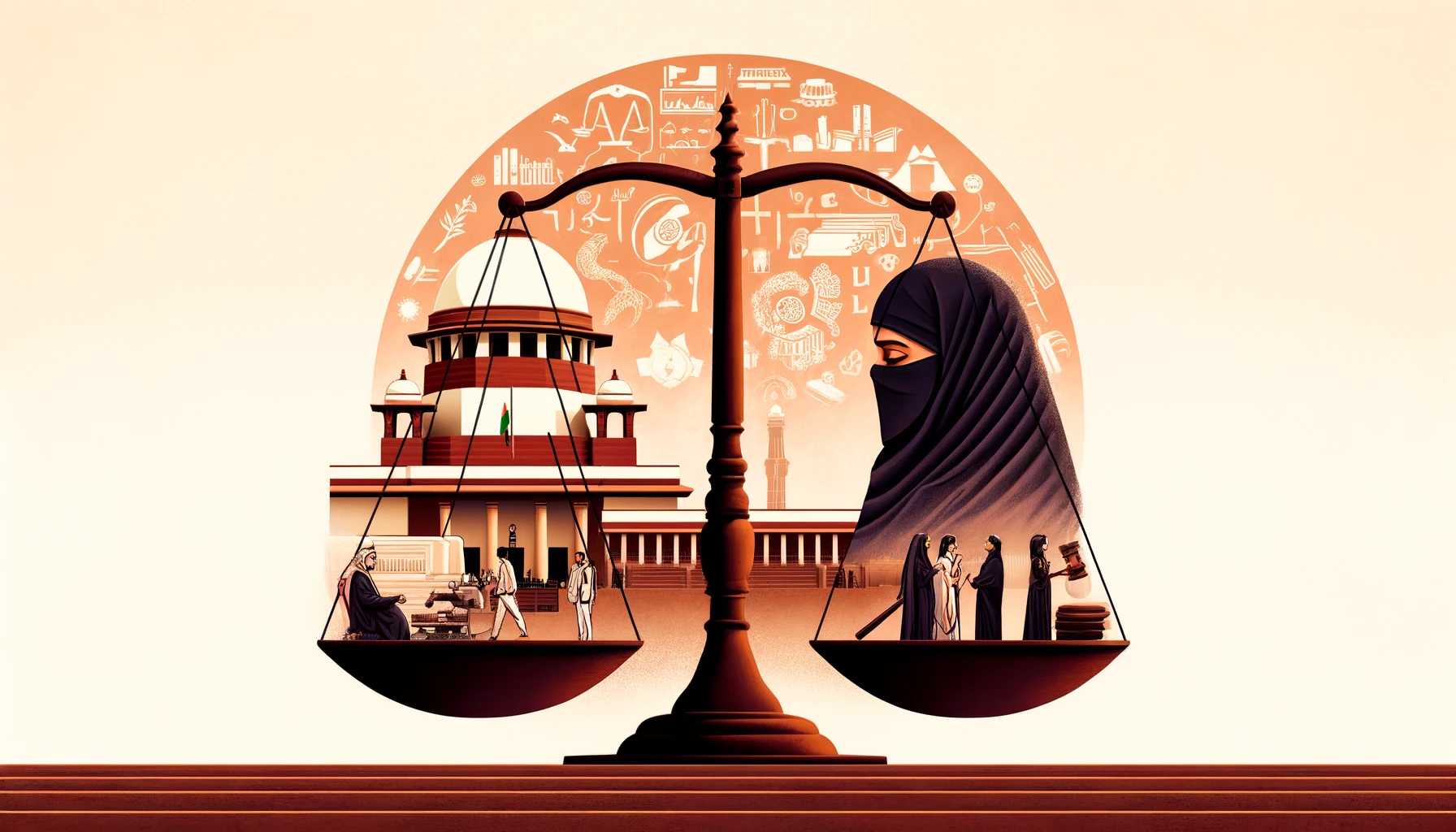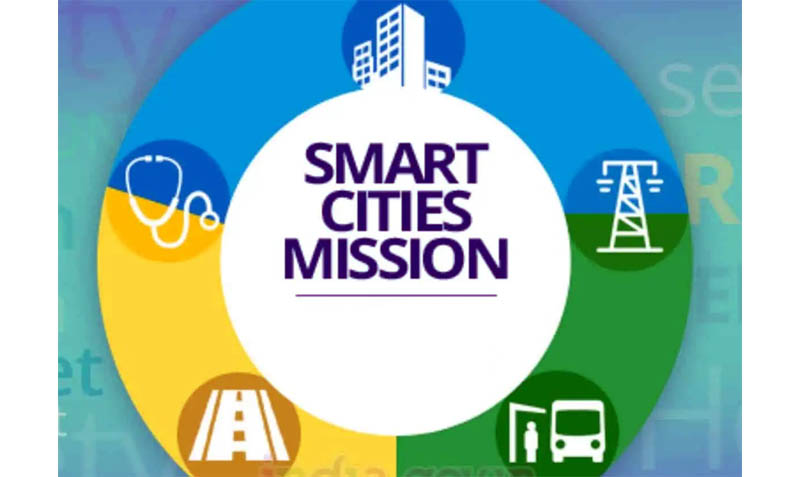The Hindu : Page 07
Syllabus : GS 2 : Social Justice
The voyage of Vasco da Gama in 1497 led to the global spread of tobacco, significantly impacting trade and cultures.
- Despite its economic benefits, tobacco poses severe health risks, including cancer and cardiovascular diseases.
- It remains a major public health crisis, with ethical and economic conflicts in addressing its effects.
Impacts of Tobacco on Our Health
- Tobacco consumption leads to severe health problems, including various cancers (lung, mouth, throat, oesophagus, pancreas, and bladder), respiratory diseases (chronic obstructive pulmonary disease, emphysema, and chronic bronchitis), and cardiovascular issues (heart disease, stroke, and hypertension).
Introduction and Spread in South Asia
- Tobacco, originally cultivated by Native Americans, was brought to Europe in the 16th Century and later introduced to South Asia by European traders and colonisers, including the Portuguese, Dutch, and British.
- Tobacco rapidly integrated into South Asian cultures and societies, although it was initially foreign to Indian traditions.
- No native Indian language had an original term for tobacco, with its introduction marking a significant cultural shift.
Conflicting Priorities in Research
- There is a conflict between two major institutions in India: the Indian Council of Medical Research, which advocates for reducing tobacco use to improve public health, and the Indian Council of Agricultural Research, which focuses on enhancing tobacco crop yields and productivity.
- The Central Tobacco Research Institute, part of the Indian Council of Agricultural Research, works on increasing tobacco productivity and quality, which contrasts with the Indian Council of Medical Research’s goal of a tobacco-free India, creating an ethical and policy dilemma.
Legal and Ethical Considerations
- Article 21 of the Indian Constitution guarantees the right to life and personal liberty, including the right to health.
- Directive Principles of State Policy under Articles 39(e), 39(f), 41, 42, and 47 mandate the state to improve public health and ensure social justice.
- These constitutional provisions necessitate prioritising public health over economic gains from tobacco farming.
Potential of CRISPR Technology
- The gene-editing technology CRISPR holds promise for addressing the tobacco epidemic by creating genetically-modified tobacco plants with reduced harm.
- Research has shown that CRISPR can significantly lower nicotine levels in tobacco plants, with specific gene modifications reducing nicotine content by up to 94%. However, further research is needed to ensure these modifications do not adversely affect other important traits.
- Collaboration between the Indian Council of Medical Research and the Indian Council of Agricultural Research is crucial to develop tobacco crops that balance reduced health risks with economic viability.
Surrogate Advertising
- Despite stringent advertising bans under the Framework Convention on Tobacco Control, the tobacco industry uses surrogate advertising to promote its products.
- Surrogate advertising includes using brand names on non-tobacco products, sponsoring events, and featuring tobacco-related imagery in media and entertainment, undermining public health efforts and perpetuating tobacco use.
Classification as a Pandemic
- Tobacco use fits the definition of a pandemic due to its widespread prevalence, severe health consequences, and impact across multiple countries.
- Tobacco causes over 8 million deaths annually worldwide and affects millions more through chronic diseases and disabilities, justifying the classification of tobacco consumption as a pandemic and highlighting the need for coordinated international efforts to combat it effectively.
UPSC Prelims PYQ : 2012
Ques : Consider the following:
1. Assessment of land revenue based on nature of the soil and the quality of crops.
2. Use of mobile cannons in warfare.
3. Cultivation of tobacco and red chillies.
Which of the above was/were introduced into India by the English?
(a) 1 only
(b) 1 and 2
(c) 2 and 3
(d) None
Ans: d)






